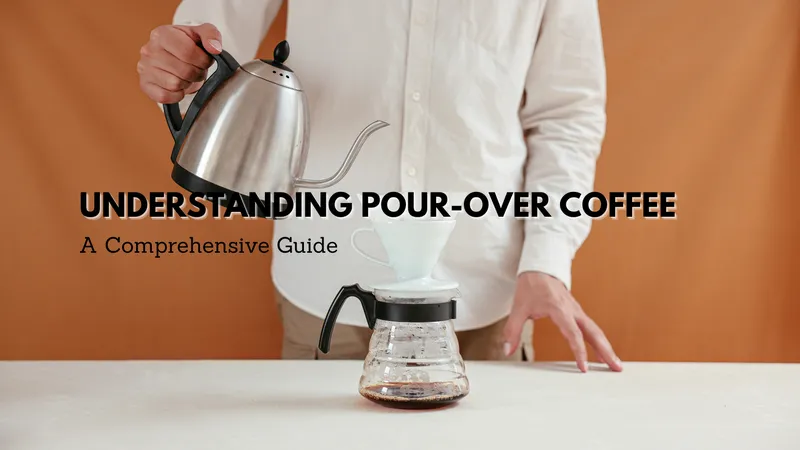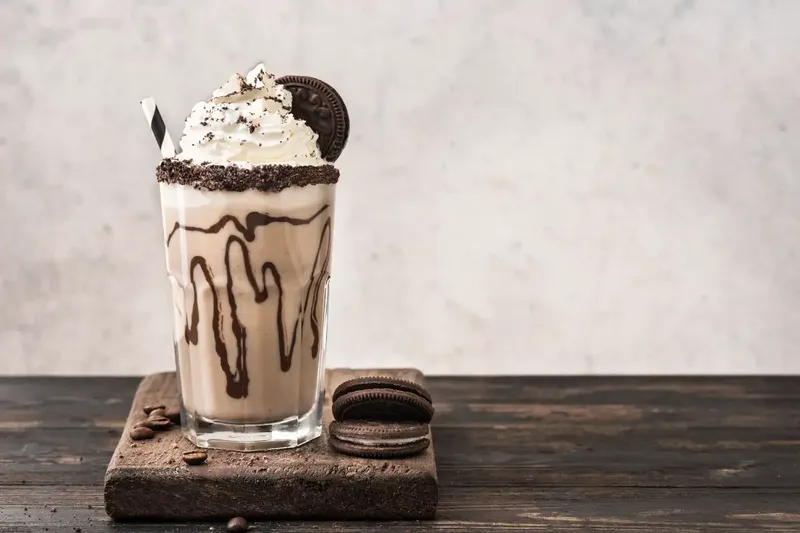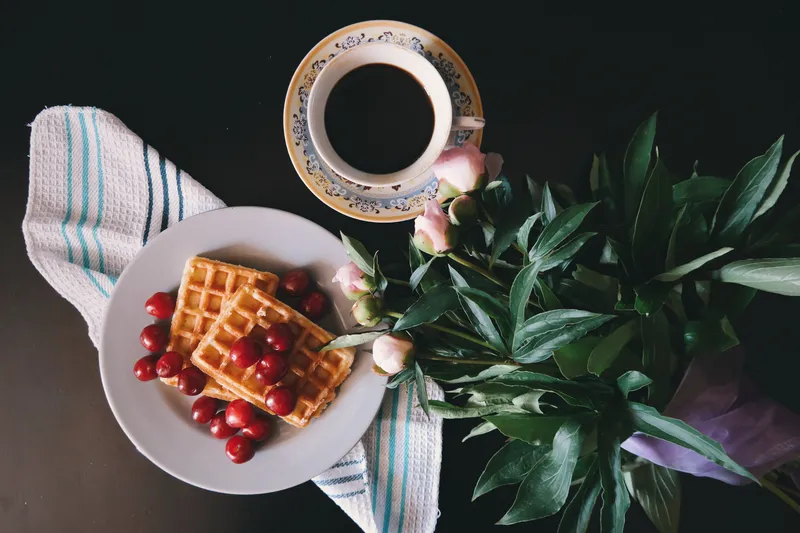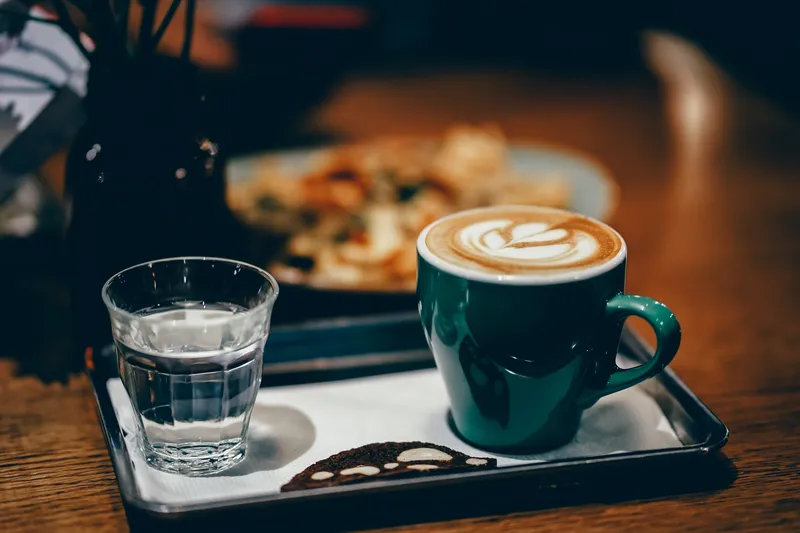Recent years have seen a surge in the popularity of pour-over coffee, particularly within the realm of specialty coffee enthusiasts. Many debate about optimal brewing techniques and essential equipment to achieve the perfect cup. However, this filter-based brewing method extends beyond professional competition and high-end coffee shops. It is a simple technique that consistently yields flavorful coffee.
Whether you're a beginner at home brewing or an experienced barista, the pour-over method is versatile and approachable. Delve into this detailed guide to mastering the art of pour-over coffee brewing.
What Exactly Is A Pour-Over Coffee?
Pour-over coffee refers to a brewing method where hot water is hand-poured over coffee grounds within a filter. The resulting coffee is collected in a carafe or mug as the water seeps through the coffee grounds and the filter. Often interchangeably termed filter coffee or drip coffee, the pour-over method also encompasses batch brewing.
The distinguishing feature of pour-over coffee is the manual, hand-pouring technique employed, hence you might often hear it referred to as hand brewing or manual brewing.
Though the method has roots in Europe since the 1900s and even earlier in other parts of the world, it has seen a revival in recent years, thanks to the speciality coffee movement that championed its renaissance.
Benefits of Using the Pour Over Coffee Method: Why It's Worth Trying
The pour-over coffee method is renowned for highlighting the complex flavours unique to single-origin coffees, providing an avenue for their distinctive aromas and taste profiles to take centre stage.
The quality of a well-made pour-over or filter coffee is found in its clarity, cleanliness, and consistency. This outcome is achieved as the water is allowed to naturally extract the coffee oils and fragrances at a uniform pace and pressure. The filtering process traps many oils, resulting in a coffee that is pure and free of residue.
As an infusion method, pour-over coffee proves to be more efficient at extracting soluble compounds from coffee than immersion techniques like the French press. The reason is that immersion methods can lead to water saturation, while the pour-over approach benefits from a steady supply of fresh water.
Nevertheless, the pour-over method does come with its share of challenges. The manual nature of this technique can lead to inconsistencies due to human error and improper pouring techniques.
For instance, infusion methods, espresso included, carry the risk of channelling. This occurs when the water finds an easier path around the coffee grounds due to uneven distribution or clumping, leading to suboptimal extraction. Therefore, it's essential for baristas to master the technique of evenly immersing the grounds in water.
Essential Pour Over Coffee Equipment: Simplified Guide for Beginners
A plethora of pour-over coffee gear may appear daunting, but you need just a basic setup to start. Let's discuss the key equipment for brewing pour-over coffee.
Brewing Device
Essential tools like the V60, Kalita Wave, or Melitta hold the coffee filter and grounds. Each has unique design features that influence extraction and flow. Their widespread availability, ease of use, and specific filters make them a good starting point. Explore different devices at local coffee shops for a better understanding.
Filters
Whether paper or cloth, bleached or unbleached, the choice is yours. Keep in mind, filters need to fit your device properly for efficient extraction. The Chemex, for instance, uses heavier paper filters for retaining more oils.
Scales
To achieve consistent brew quality, digital scales are a must. They help you measure your coffee and water accurately.
Kettles
Speciality kettles for pour-over help maintain stable water temperature and control flow, aiding in consistent extraction. Choosing an electric, stove-top, or batch water heater boils down to personal preference. Use a thermometer to keep track of the temperature.
Choosing the Right Coffee for Pour Over: A Quick Guide
Picking the right coffee for pour-over involves considering your roast profile and grind size.
Roast Profile
Light roasts are often preferred due to the pour-over’s knack for amplifying subtle flavours and aromas. However, medium or dark roasts can work depending on your taste.
Grind Size
Aim for a medium grind size for optimal extraction rate in this infusion method. Fine-tune your grind based on taste; go finer if it's watery/sour, coarser if it's bitter. Invest in a high-quality grinder for consistent grounds and to avoid overly fine "fines" that could imbalance your brew.
Determining the Optimal Coffee-to-Water Ratio for Pour Over
A commonly recommended starting ratio for pour-over coffee is 1:17, i.e., 1 gram of coffee to 17 grams of water. This isn't set in stone - feel free to tweak this ratio and other variables like grind size and water temperature to suit your palate. Remember to make one change at a time to understand the impact of each adjustment.
Finding your brew a bit weak? Add more coffee and keep other factors constant. Conversely, if your coffee is too strong, decrease the amount of coffee. Make sure to note your modifications to replicate your ideal brew in the future.
Don't underestimate the role of water in your coffee. Tap water may harbour minerals and impurities that can skew the flavour of your coffee, so it's best to use filtered water.
Mastering the Pour Over Technique: Simplified Guide
When starting your pour-over journey, avoid diving into complex techniques initially. Instead, focus on basics like blooming, pulse pouring, and agitation to attain uniform extraction. A simple approach like pouring in concentric circles often works best.
The Bloom
This is the initial fizzing when water meets coffee, caused by escaping carbon dioxide trapped during roasting. A bigger bloom often indicates fresher coffee or a light roast. Start by gently pouring double the water to your coffee weight (e.g., 30 ml water for 15 g coffee) and wait for 30-45 seconds until the bloom ends and the grounds have settled.
Pulse Pouring vs Continuous Pouring
Pulse pouring involves multiple pours with specific water volumes. It helps prevent channelling and ensures even contact between water and grounds. Continuous pouring, on the other hand, aims for a constant flow rate without interruptions. You can experiment with these techniques to adjust your brew recipe.
Agitation
This is the gentle stirring or swirling of coffee grounds during brewing. It ensures all grounds are saturated, helping to achieve an even extraction. This is another key technique to perfect in your pour-over process.
Final Thoughts: Perfecting Your Pour-Over Coffee Experience
Pour-over coffee is an intriguing journey into coffee's depths and nuances, blending principles, gear, and technique. This seemingly simple process presents limitless opportunities, with choices in coffee, grind, water, and pouring techniques shaping unique flavour experiences. Key techniques like blooming, pulse pouring, and agitation, coupled with the right equipment and coffee, will set you on the path to brewing excellence.
However, the real excitement lies in experimenting, as coffee is an ever-evolving field. Light or dark roast, each choice reflects your personal taste. Ultimately, the pleasure of pour-over coffee lies not just in the end product but in the process of learning, experimenting, and savouring your creation. Enjoy your brewing journey!






